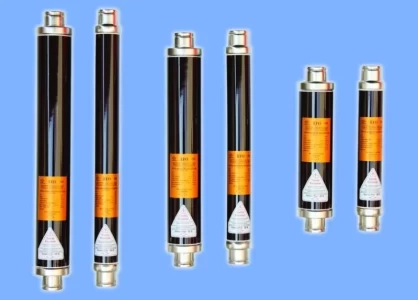Fuse Compatibility With Mixed Technologies
In the realm of electrical systems, integrating low voltage fuses in mixed technology environments presents unique compatibility challenges. These environments combine old and new technologies, necessitating careful consideration to ensure that the protective devices function effectively and reliably. This article explores the compatibility and performance issues associated with integrating low voltage fuses in such diverse systems.
The Rise of Mixed Technology Environments
Modern electrical systems often incorporate a mix of old and new technologies. This can include:
Legacy Equipment: Existing facilities may house older equipment designed for specific fuse types and characteristics.
Modern Electronics: New equipment with more sensitive electronics may require different fuse protection characteristics compared to traditional loads.
Solid-State Devices: Solid-state devices, like power electronics and LED lighting, have unique inrush current profiles that require specialized fuse types.
These diverse technologies may have varying requirements in terms of:
Current Ratings: Modern electronic devices may be more susceptible to damage from even small overcurrents compared to traditional loads.
Inrush Current Characteristics: Certain equipment, like motors or transformers, exhibit high inrush currents during startup. Fuses need to differentiate between harmless inrush and actual overcurrent faults.
Interrupting Ratings: The ability of a fuse to clear a fault current quickly is crucial for protecting sensitive equipment. Fuse interrupting ratings need to be compatible with the anticipated fault current levels within the system.
Compatibility Challenges and Solutions
Electrical Characteristics and Fuse Selection
One of the main compatibility challenges is matching the electrical characteristics of fuses with the varied components of the system. Fuses must be selected based on the specific current, voltage, and interrupting capacity requirements of both the old and new technologies to ensure adequate protection.
Coordination with Existing Protection Devices
Achieving proper coordination between low voltage fuses and other protection devices in the system is essential. This involves careful planning and analysis to ensure that the fuses operate correctly within the protective scheme, avoiding unnecessary tripping or failure to clear faults effectively.
Performance Considerations in Mixed Environments
Reliability and Efficiency
In mixed technology environments, the performance of low voltage fuses must be scrutinized for reliability and efficiency. Fuses need to operate dependably under varying conditions, protecting the system without compromising its performance.
Aging Infrastructure and Technological Advancements
Dealing with aging infrastructure alongside newer technologies can strain the performance of low voltage fuses. As systems are upgraded or expanded, the fuses must be evaluated and possibly replaced or adjusted to meet the changing demands and ensure ongoing protection and performance.
Best Practices for Fuse Integration
Comprehensive System Analysis
A thorough analysis of the entire electrical system is crucial for identifying compatibility and performance issues. This analysis should consider the age, condition, and specifications of all components, facilitating informed decisions regarding fuse selection and system design.
Regular Upgrades and Maintenance
Regularly upgrading and maintaining the electrical system, including the low voltage fuses, ensures that compatibility and performance issues are addressed proactively. This approach helps in adapting to technological advancements and extending the lifespan of the system.
Integrating low voltage fuses in mixed technology environments requires careful consideration of compatibility and performance issues. The challenges of blending old and new technologies can be effectively managed through proper fuse selection, system coordination, and ongoing maintenance. By adopting best practices for system analysis and upgrades, these environments can achieve a balance between legacy and modern components, ensuring reliable and efficient protection. As electrical systems continue to evolve, the ability to navigate these challenges will be crucial for maintaining system integrity and performance.

